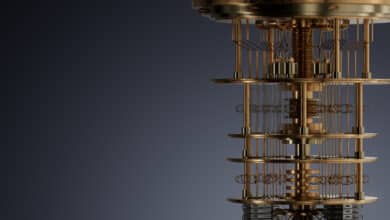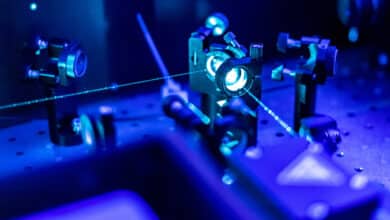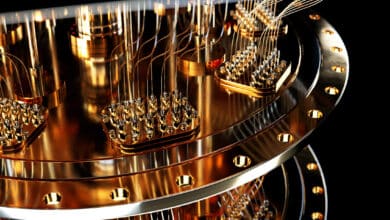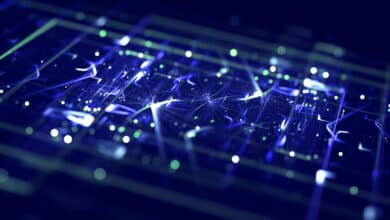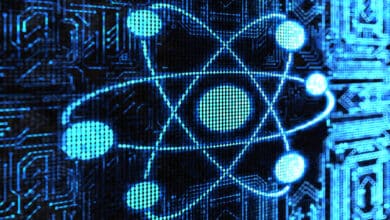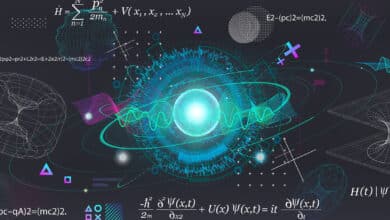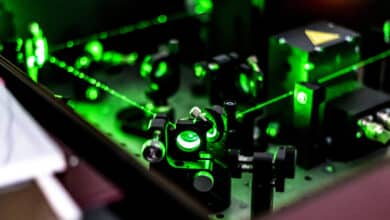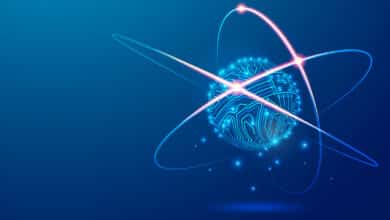Quantum Computing Paradigms
PostQuantum.com by Marin Ivezic – Quantum Computing Paradigms and Architectures
-
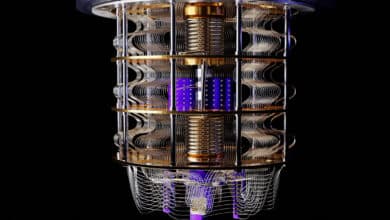
Taxonomy of Quantum Computing: Paradigms & Architectures
Over the past few decades, researchers have devised multiple quantum computing paradigms – different models and physical implementations of quantum computers – each addressing these challenges in unique ways. In essence, there is no single “quantum computer” design; instead, there are many parallel approaches, each with its own principles, trade-offs,…
Read More » -

Quantum Computing Paradigms: Photonic Cluster-State QC
Photonic Cluster-State Computing is a form of quantum computing in which information is processed using photons (particles of light) that have been prepared in a highly entangled state known as a cluster state. It falls under the paradigm of measurement-based quantum computing (MBQC), often called the one-way quantum computer. In…
Read More » -
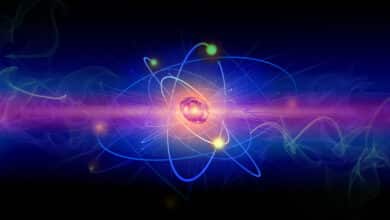
Quantum Computing Paradigms: Ion Trap and Neutral Atom MBQC
Ion Trap and Neutral Atom implementations of MBQC leverage two leading “matter-qubit” platforms – trapped ions and ultracold neutral atoms – to realize this model. In a trapped-ion MBQC, a string of ions (charged atoms) is confined and entangled via electromagnetic fields and laser pulses. The ions’ internal states serve…
Read More » -
Quantum Computing Paradigms: Superconducting Qubits
Superconducting qubits are quantum bits formed by tiny superconducting electric circuits, typically based on the Josephson junction – a sandwich of two superconductors separated by a thin insulator which allows tunneling of Cooper pairs. When cooled to extremely low temperatures (≈10–20 millikelvin), these circuits exhibit quantized energy levels that can…
Read More » -
Quantum Computing Paradigms: Holonomic (Geometric Phase) QC
Holonomic quantum computing (also known as geometric quantum computing) is a paradigm that uses geometric phase effects to perform quantum logic operations. In a holonomic gate, the quantum state is manipulated by adiabatically (or sometimes non-adiabatically) moving the system’s parameters along a closed loop in parameter space, causing the state…
Read More » -
Quantum Computing Paradigms: Photonic QC
Photonic quantum computing uses particles of light – photons – as qubits. Typically, the qubit is encoded in some degree of freedom of a single photon, such as its polarization (horizontal = |0⟩, vertical = |1⟩), or its presence/absence in a given mode (occupation number basis: no photon = |0⟩,…
Read More » -
Quantum Computing Paradigms: Trapped-Ion QC
Trapped-ion quantum computing uses individual ions (charged atoms) as qubits. Each ion’s internal quantum state (usually two hyperfine levels of the atom’s electron configuration) serves as |0⟩ and |1⟩. Ions are held in place (suspended in free space) using electromagnetic traps – typically a linear Paul trap that confines ions…
Read More » -
Quantum Computing Paradigms: Adiabatic Topological QC (ATQC)
Adiabatic Topological Quantum Computing (ATQC) is a hybrid paradigm that combines adiabatic quantum computing with topological quantum computing. In essence, ATQC uses slow, continuous changes in a quantum system’s Hamiltonian (an adiabatic evolution) to perform computations, while encoding information in topologically protected states for inherent error resistance.
Read More » -
Quantum Computing Paradigms: Neuromorphic QC (NQC)
Neuromorphic quantum computing (NQC) is a cutting-edge paradigm that merges two revolutionary approaches to computing: neuromorphic computing and quantum computing. Neuromorphic computing is inspired by the architecture of the human brain – it uses networks of artificial neurons and synapses (often implemented in specialized hardware) to process information in a…
Read More » -
Quantum Computing Paradigms: Topological QC
Topological Quantum Computing is a paradigm that seeks to encode quantum information in exotic states of matter that have topological degrees of freedom, and to perform quantum gates by braiding or otherwise manipulating these topological objects. The central promise of topological QC is built-in error protection: information stored in a…
Read More » -
Quantum Computing Paradigms: Adiabatic QC (AQC)
Adiabatic Quantum Computing (AQC) is a universal paradigm of quantum computing based on the adiabatic theorem of quantum mechanics. It generalizes the idea of quantum annealing beyond just optimization. In AQC, one encodes the solution of an arbitrary computation in the ground state of some problem Hamiltonian $H_{\text{problem}}$. Instead of…
Read More » -
Quantum Computing Paradigms: Spin Qubits in Other Semiconductors & Defects
In addition to silicon, spin qubits can be realized in other solid-state systems. One well-known example is the nitrogen-vacancy (NV) center in diamond, which is a point defect where a nitrogen atom next to a vacancy in the carbon lattice creates an electronic spin-1 system that can be used as…
Read More » -
Quantum Computing Paradigms: Silicon-Based Qubits
Silicon-based quantum computing refers to qubits implemented using silicon semiconductor technology, leveraging the existing CMOS fabrication infrastructure. The most common silicon qubit implementations are spin qubits – using the spin of an electron or the spin of an atomic nucleus embedded in silicon as a qubit.
Read More » -
Quantum Computing Paradigms: Measurement-Based Quantum Computing (MBQC)
Measurement-Based Quantum Computing (MBQC), also known as the one-way quantum computer, is a paradigm where quantum computation is driven entirely by measurements on an entangled resource state. Instead of applying a sequence of unitary gates to a register of qubits, MBQC starts with a highly entangled state of many qubits…
Read More » -
Quantum Computing Paradigms: Neutral Atom (Rydberg) QC
Neutral atom quantum computing uses uncharged atoms (as opposed to ions) trapped by light in an array, with qubits encoded typically in atomic states. A popular approach is to use optical tweezers (focused laser beams) to trap arrays of neutral atoms (like rubidium or cesium). These atoms have internal states…
Read More »
